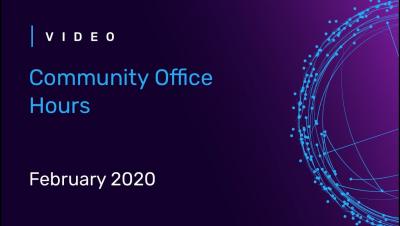Integrating Particle.io with InfluxDB Cloud
If you followed the tutorial I presented a couple of years ago about integrating Particle.io with InfluxDB and were unhappy, or simply couldn’t get it working, have I got a treat for you! Integrating Particle.io with InfluxDB Cloud is very straightforward and requires no outside services or customizations outside of what Particle Cloud already offers. Here are the steps to get it all working.



